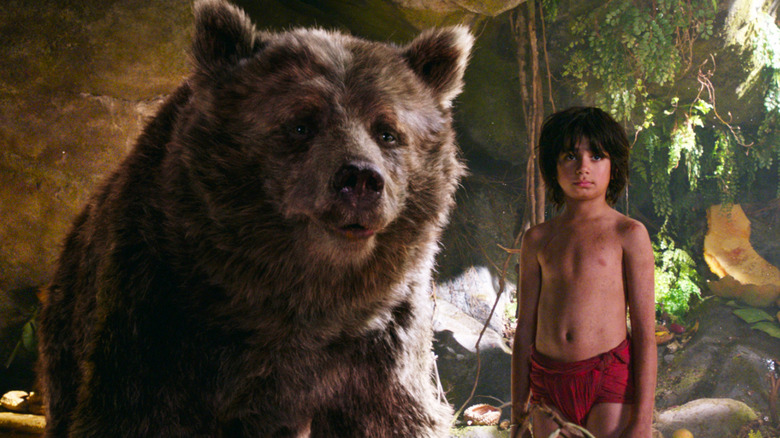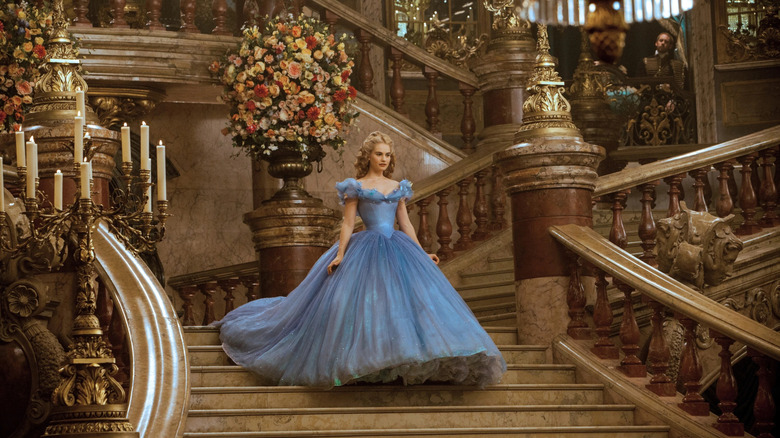an unexpectedly large hit with Tim Burton’s “Alice in Wonderland,” a film that cost a sizable $200 million to make but which inexplicably raked in over a billion dollars worldwide. I say “inexplicably” because the film wasn’t terribly well-liked by critics; it currently holds an unimpressive 51% approval rating on Rotten Tomatoes. Although it had the same title as Disney’s 1951 animated film “Alice in Wonderland,” it was more of a sequel than a remake, following Alice (Mia Wasikowsa) back into Wonderland after she had already become an adult. There, she found the fantasy kingdom had been split by war and violence, leading her to don a suit of armor and take up a sword to make things right.
Disney had remade some of its animated movies before (“The Jungle Book” in 1994, “101 Dalmatians” in 1996), but “Alice” ushered in a new trend for the studio. Over the 15 years that followed, Disney re-milked its own properties with pointed aggression, peppering theaters with a vast slew of nostalgia-bait reboots. Some of the films in this trend served as reexaminations of familiar characters (“Maleficent,” “Cruella”), while others were outright remakes that went so far as to reuse the same songs as their predecessors (“The Jungle Book,” “Beauty and the Beast,” “The Little Mermaid,” “The Lion King,” “Aladdin,” “Snow White”). These films have, for the most part, been wildly successful, even if most strike audiences as being creatively bankrupt.
Importantly, all of these Disney remakes took elements, character designs, and plots from the animated features that inspired them, ensuring that Disney, the company, still had absolute mastery over these stories. Indeed, the Mouse House insists on controlling the “default” version of certain fairy tales, even those that come from folklore or literature. The remakes re-up the studio’s cognitive “ownership.”
In terms of quality, the remakes have been mixed at best. That said, Rotten Tomatoes can at least point us to the films that have been most warmly received by critics.



